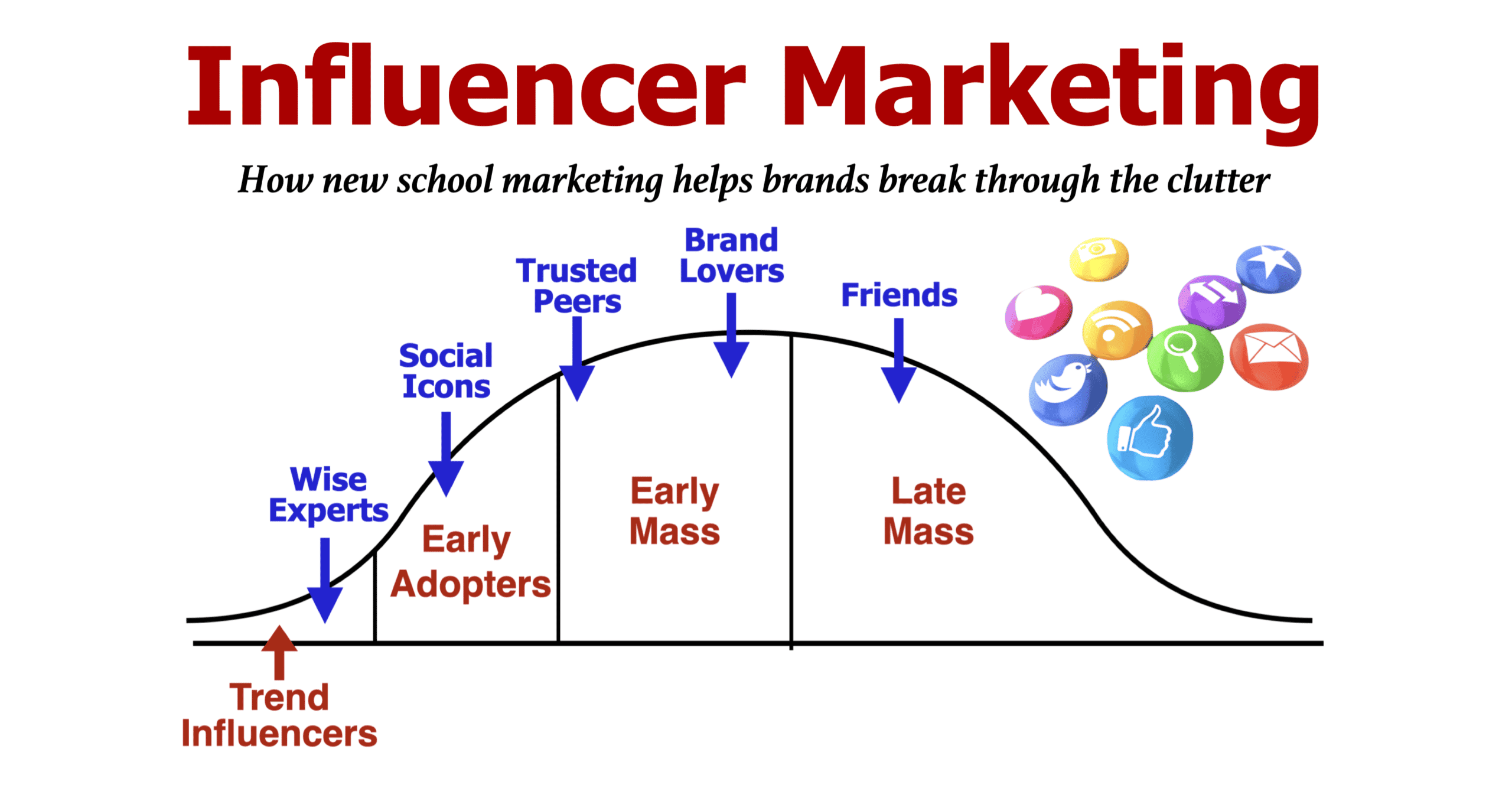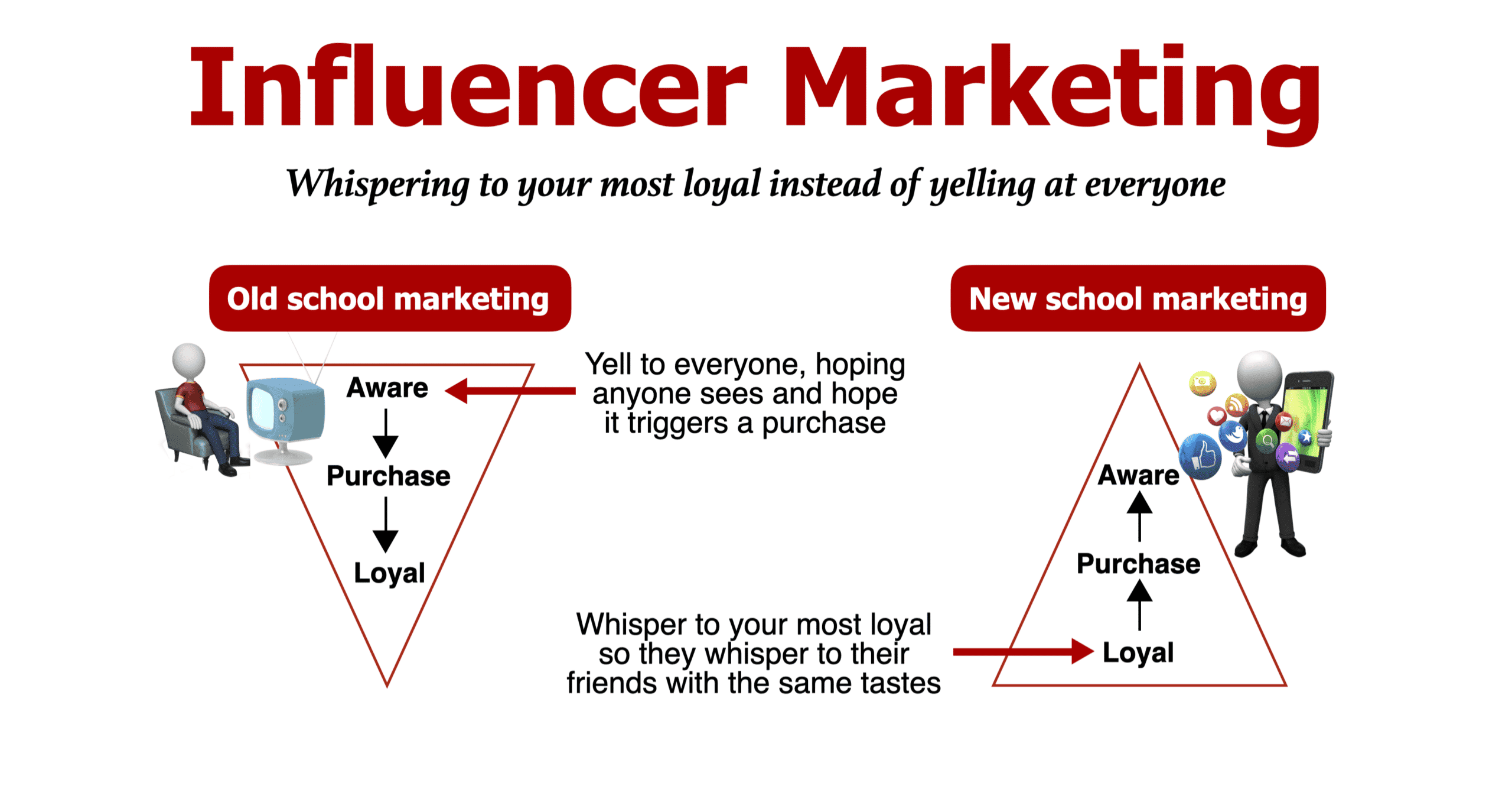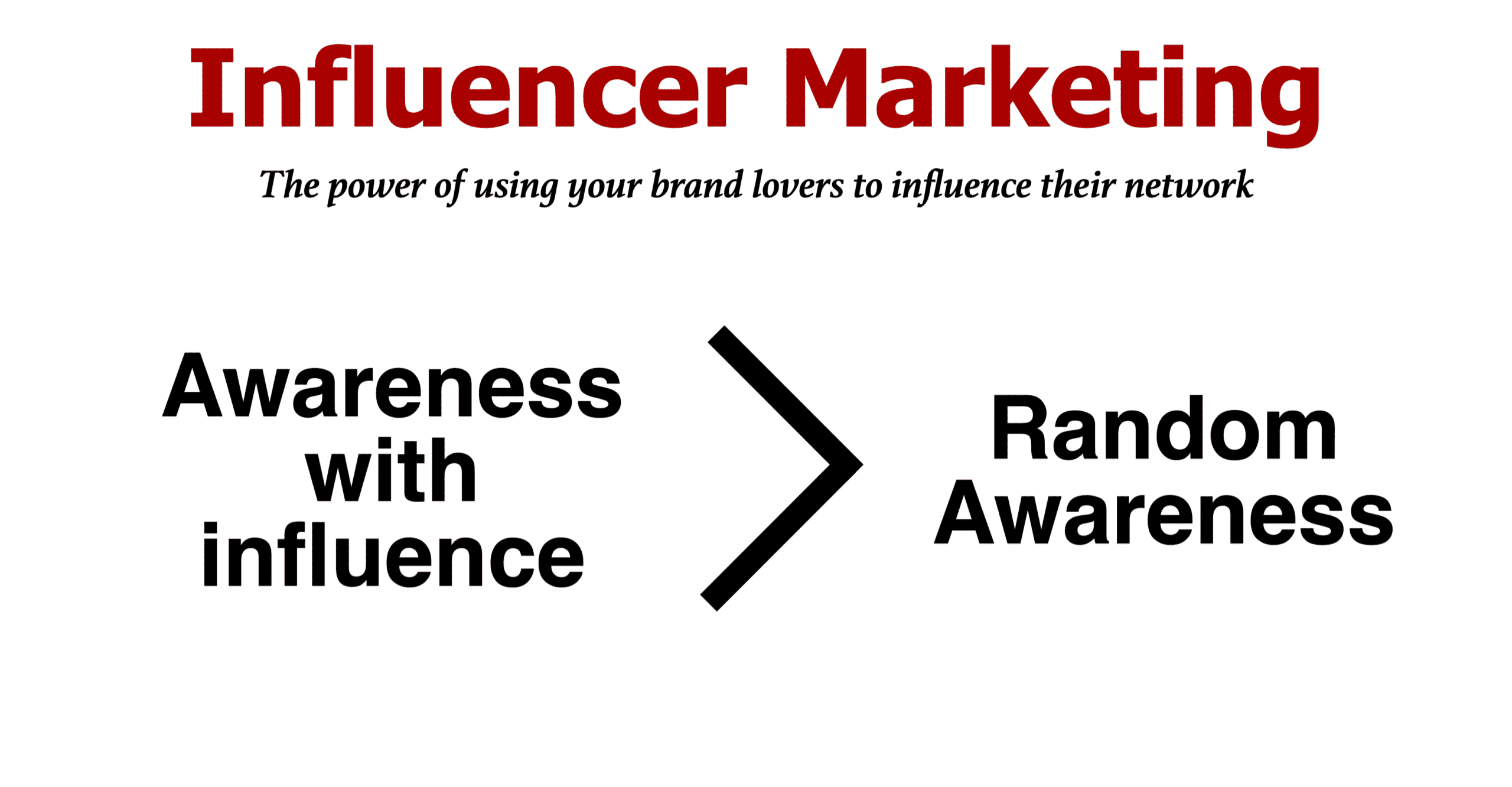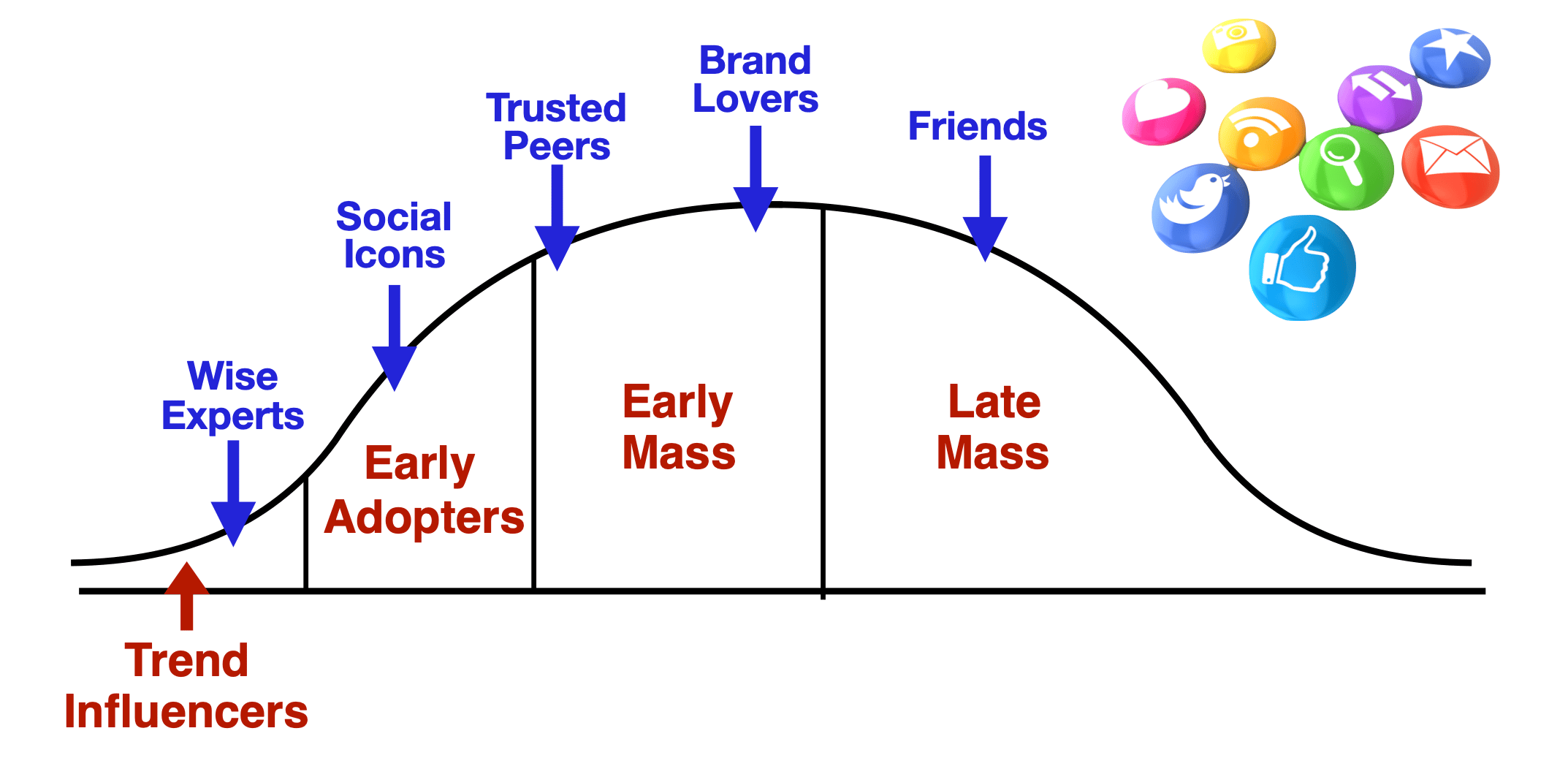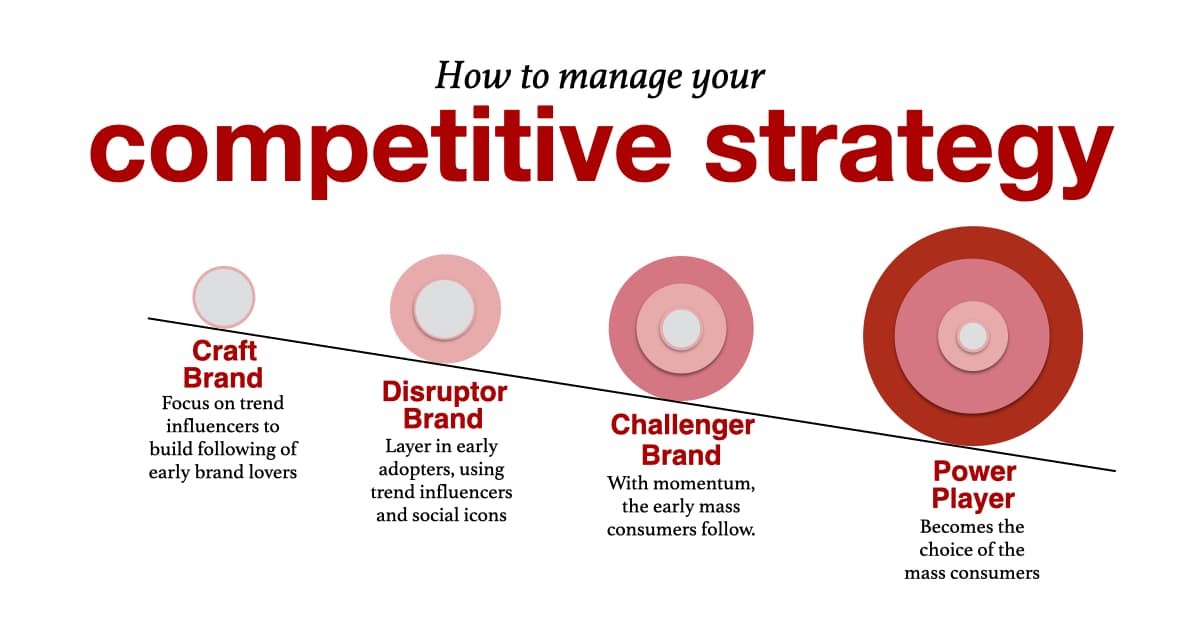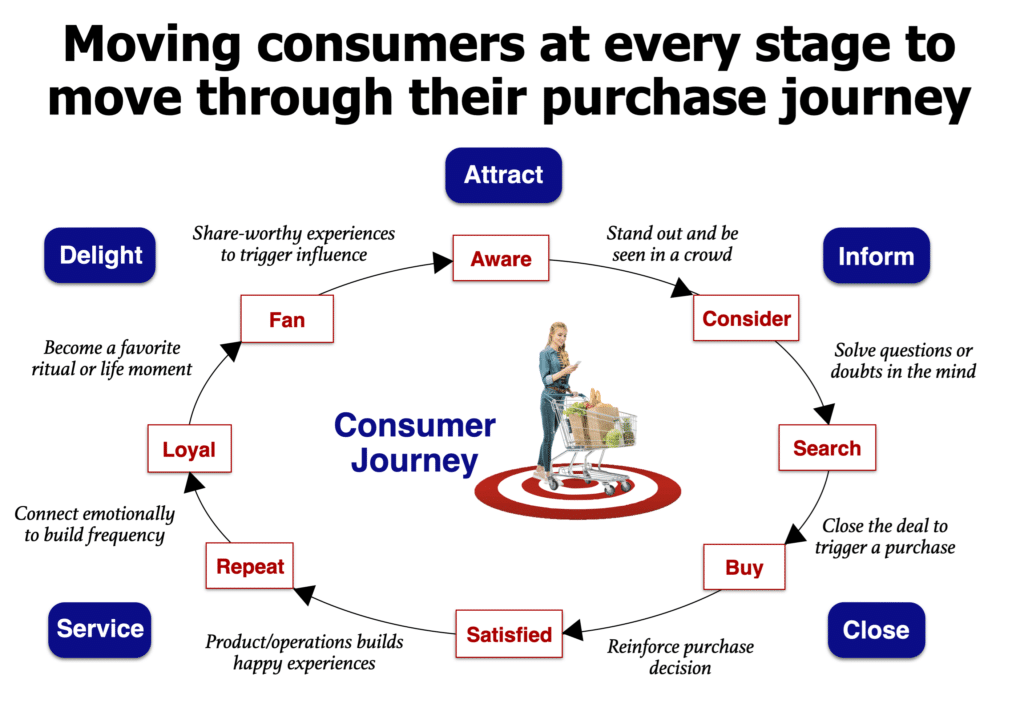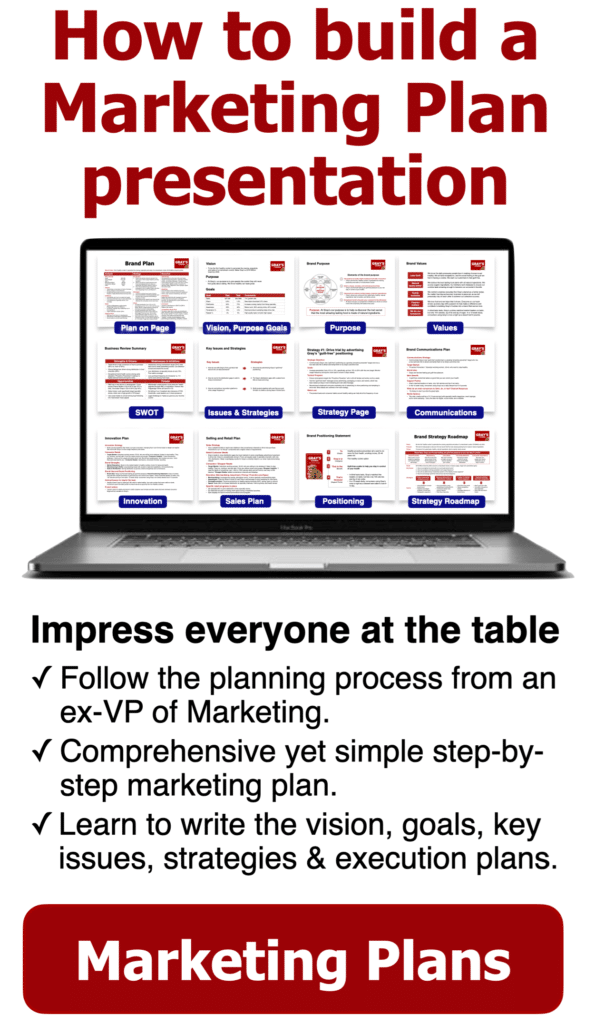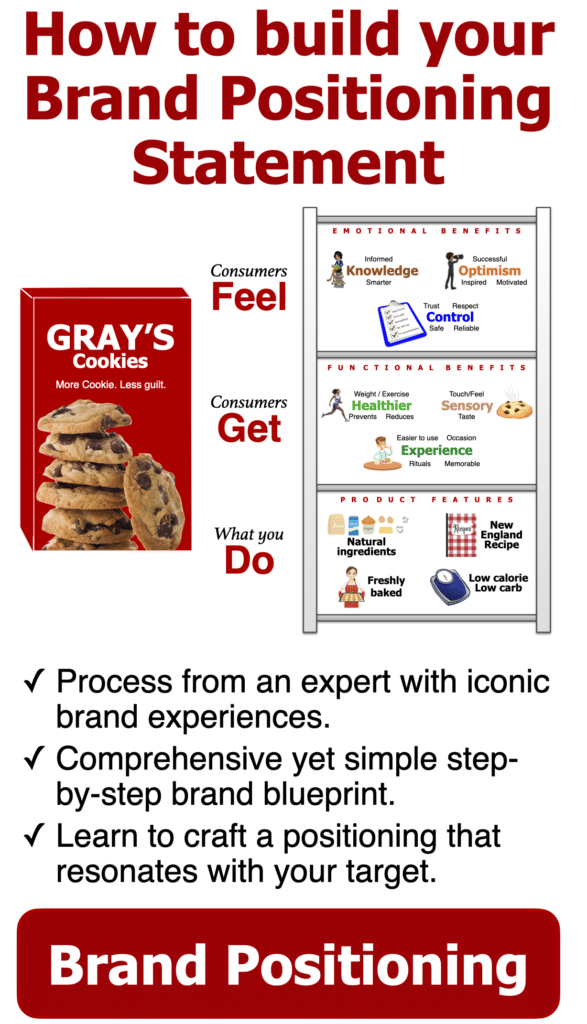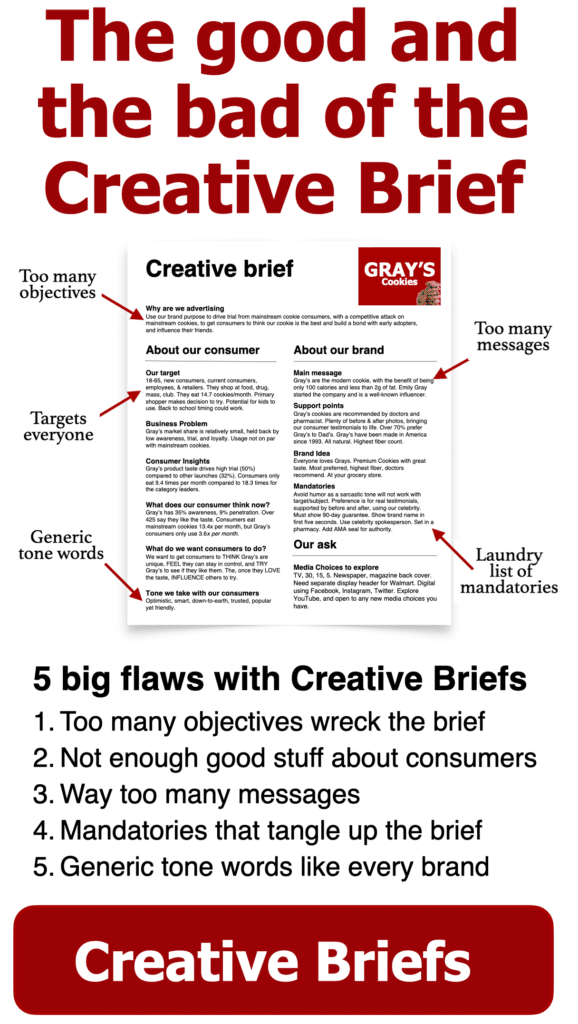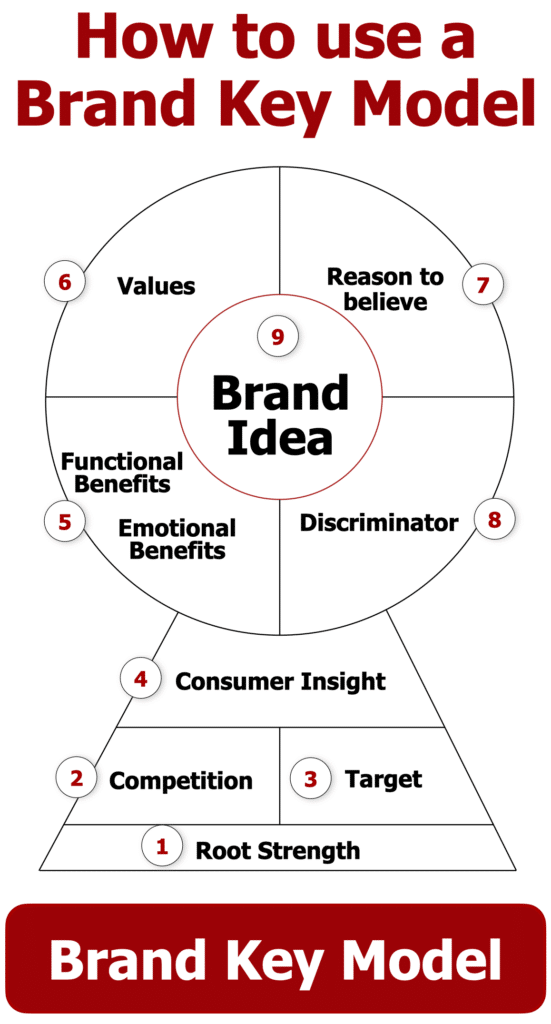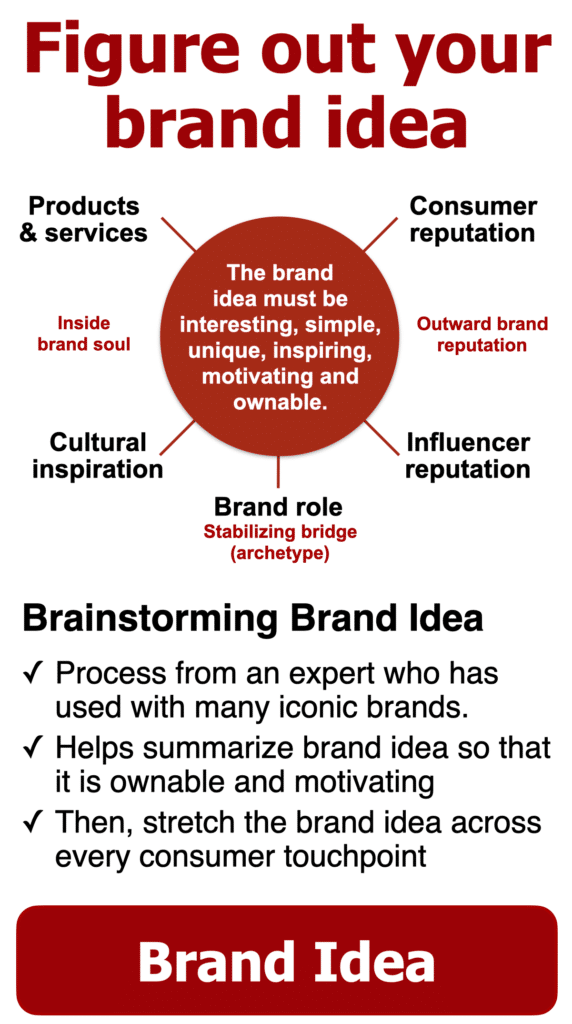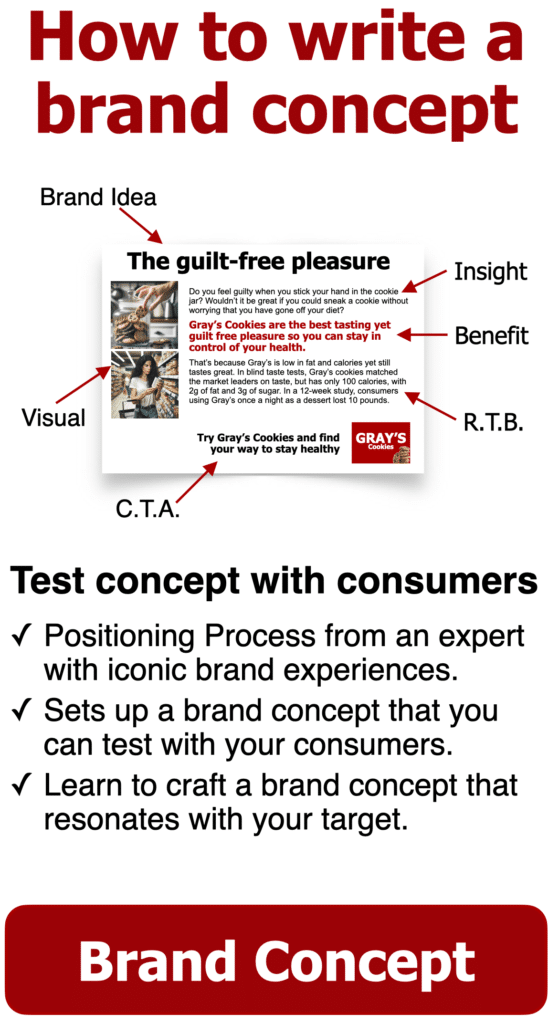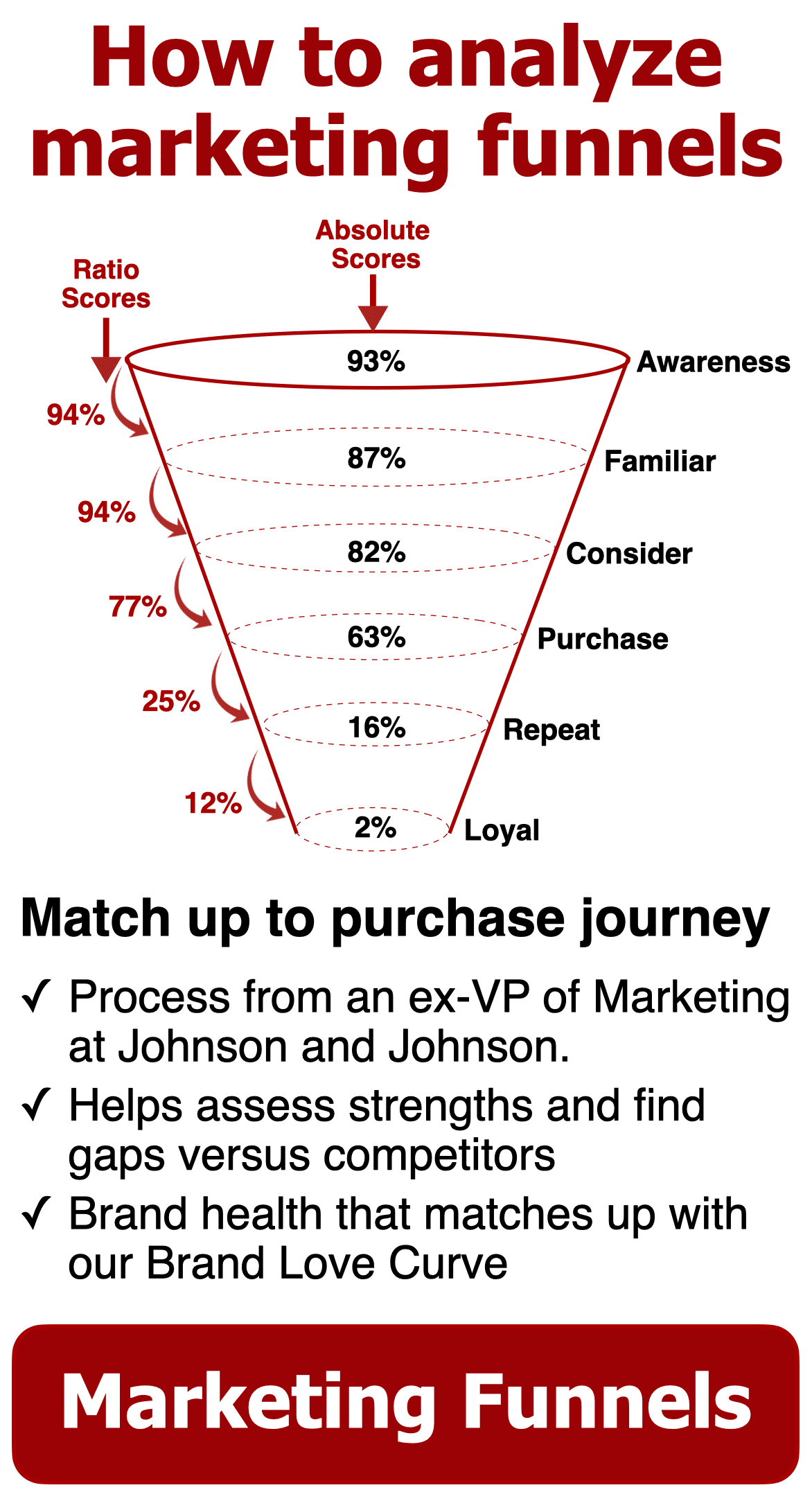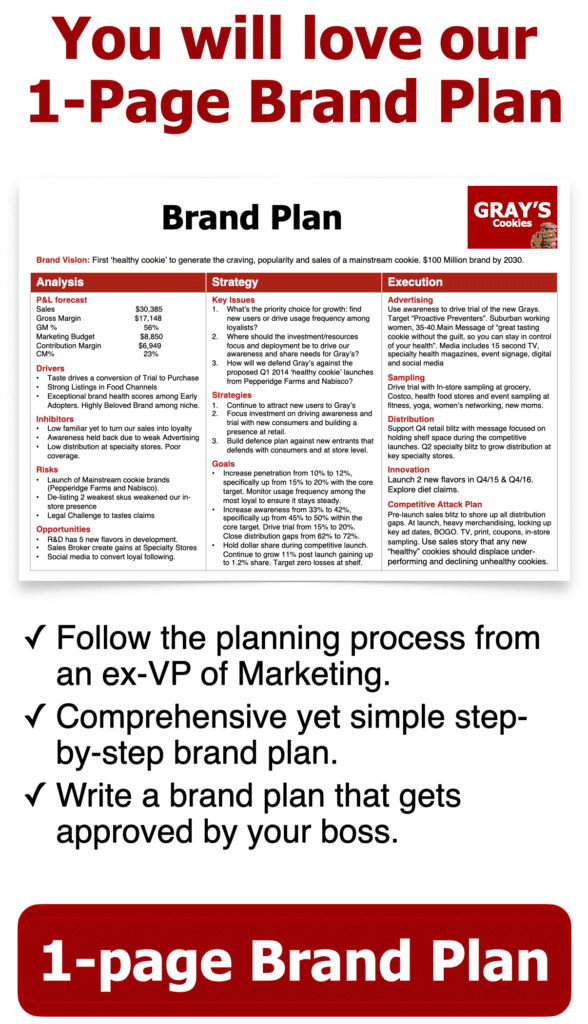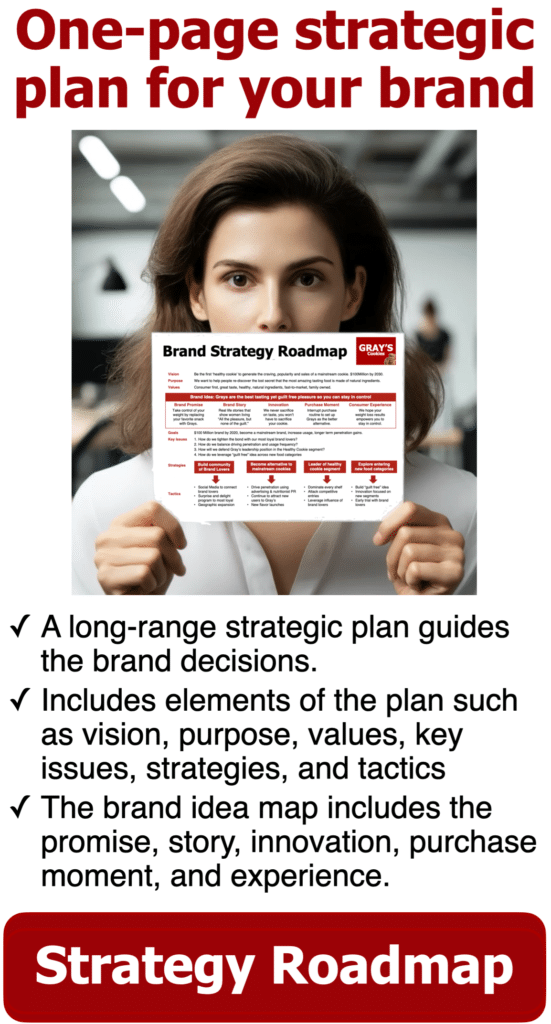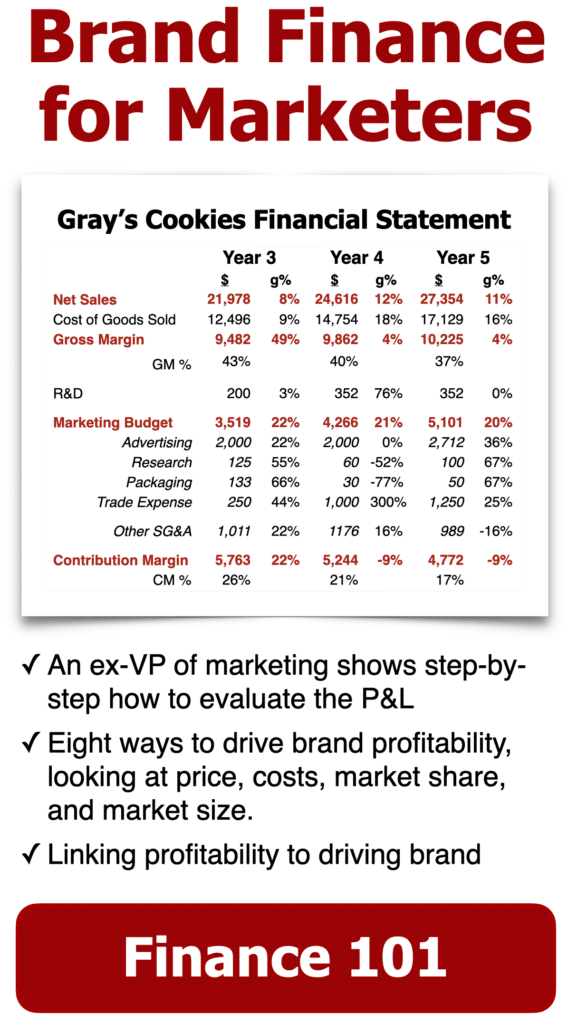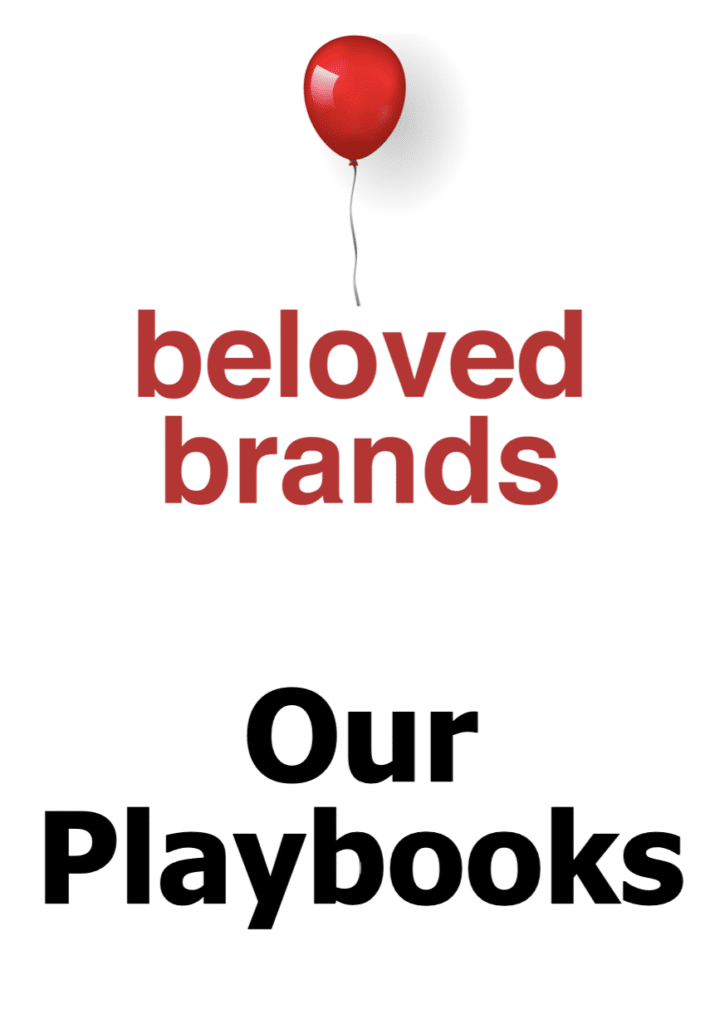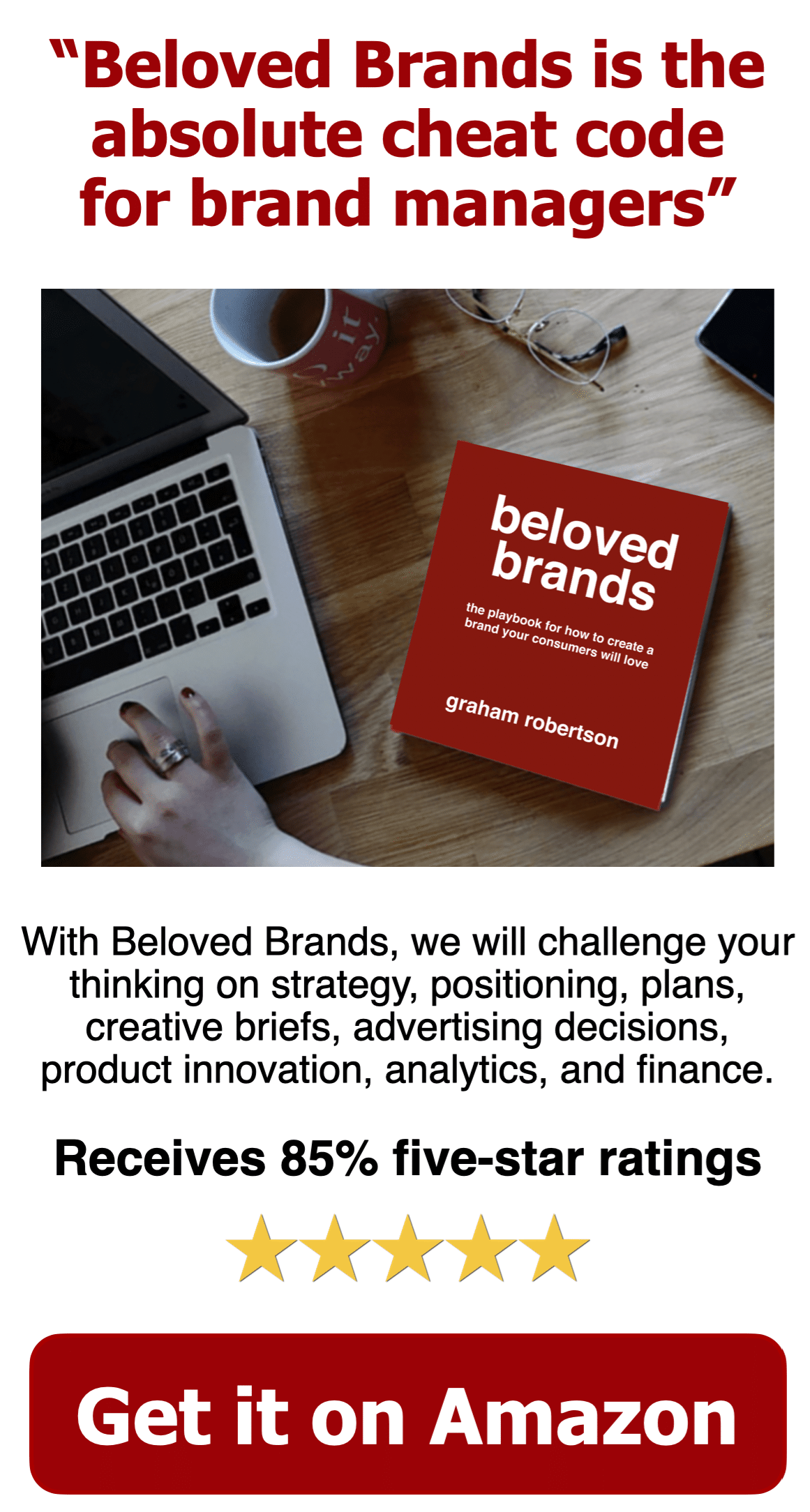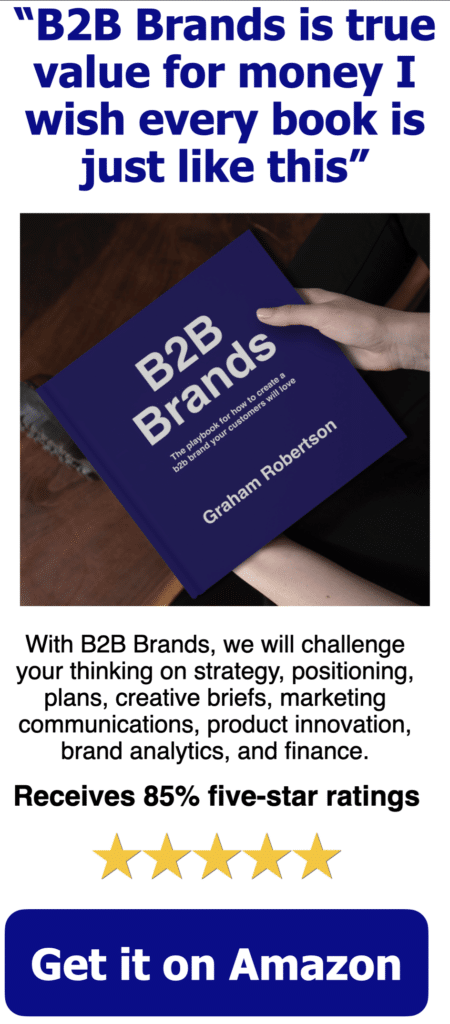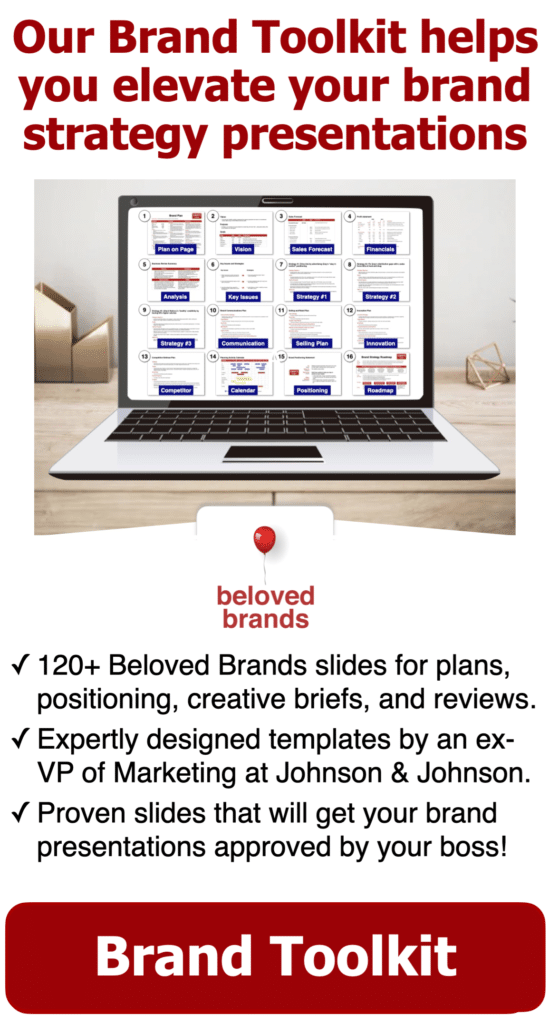Influencer marketing is a form of marketing that leverages the influence of individuals with a large following on social media or direct access to influence a consumer. While most think of influencers as celebrities named Kardashian, Beyonce, or Lebron, open your minds to finding ways to reach those consumers who love your brand, and can influence their friend on Facebook, their neighbor at the backyard BBQ or their coworker at the lunch table. Influencer marketing can help brands break through the media clutter by providing a more targeted reach, authentic and engaging content, and better ROI compared to traditional media strategies.
Old school marketing.
Gone are the days of old-school marketing from the 1970s, where brands used to blast their messages to a broad audience through limited mass media channels. The goal was to force consumers down the brand funnel, from awareness to purchase and loyalty, with repetitive advertising that couldn’t be avoided. The focus was on day-after brand recall, even if the ads were intrusive and annoying.
But this approach is no longer an effective media strategy for today’s brands. To succeed in today’s landscape, a more sophisticated influencer marketing approach to influencer marketing is needed.
New-school marketing.
Influencer marketing represents a shift towards a new-school approach to marketing. Instead of broadcasting messages to a broad audience, the focus is on reaching and engaging the brand’s most dedicated fans. These loyal followers are encouraged to spread the word and drive awareness through their own influence among their friends and network.
The endorsement from a trusted peer holds greater weight in the purchasing decision compared to a random advertisement.
As the brand gains wider recognition, potential customers seek advice from respected peers who are knowledgeable about the latest offerings in the category. They also look to avid brand fans for validation, as proof that the brand lives up to its promises.
Using influencer marketing to drive brand growth
Merely creating brand awareness is a flawed objective, as it lacks any real impact. Awareness can easily be purchased, but as a marketer, you really want your marketing efforts to inspire action. Whether it’s changing a consumer’s thoughts, emotions, or behavior, the goal is to establish a connection, be it immediate or developed over time. Influencer marketing provides a unique opportunity to build this type of bond and make a lasting impact on your target audience.
Influencer marketing not only generates awareness but also prompts action. When executed properly, it can shape consumer thoughts, emotions, and behaviors without them even realizing it.
In a world overflowing with marketing noise, simply creating a TV or digital ad adds to the clutter consumers have to navigate daily. Partnering with an influencer who commands a following and has the target audience’s trust can help cut through the clutter and increase the brand’s chances of success.
M A R K E T I N G B O O K
beloved brands
The playbook for how to create a brand your consumers will love
Beloved Brands is your secret weapon to guide you through every challenge that you face in managing your brand
Get ready to challenge your mind as we take you on a deep dive to find the most thought-provoking strategic thinking questions that will help you see your brand in a whole new light.
Our unique process for defining your brand positioning will push you to find fresh ideas and new possibilities for how to differentiate your brand based on both functional and emotional benefits.
But we won’t just leave you with ideas – we show how to transform your thinking into action.
Learn how to write a brand plan that everyone can follow, ensuring that all stakeholders are aligned and contributing to your brand’s success.
We’ll walk you through the marketing execution process, from writing an inspiring brief to making smart and breakthrough decisions on both creative advertising and innovation.
And when it comes to analyzing your brand’s performance, we’ve got you covered. Learn how to conduct a dive deep audit on your brand to uncover key issues that you never knew existed.
And, don't just take our word for it: our Amazon reviews speak for themselves.
With over 85% of our customers giving us a glowing five-star rating and an overall rating of 4.8 out of 5.0, we know we’re doing something right. And with numerous weeks as the #1 bestseller in brand management, you can trust that we have the experience and expertise to help you achieve success.
"The cheat code for brand managers!"
“It is without a doubt the most practical book for those who want to follow brand management that I have ever read in my life! Beloved Brands is written by a real, experienced marketeer for marketers. This book contains methodologies, tools, templates and thought processes that Graham actually used and uses in his career.”
Read our sample chapter on strategic thinking
Consumer adoption curve
The role of influencers on the consumer adoption curve.
One significant distinction is what type of consumers they focus on. I want to introduce the idea of a consumer adoption curve, which leverages four types of consumers:
- Trend influencers.
- Early adopters.
- Early mass.
- Late mass.
Through this perspective, I will demonstrate how brands can leverage influencers to engage with consumers at different stages of the brand journey, from introducing a craft brand to becoming a dominant player in the mass market.
To illustrate, click on the diagram above to explore how influencer marketing can work.
Trend influencers.
Trend influencer-type consumers are always looking for the latest and greatest products, eager to be the first among their social circle to try them. They value the opinions of trusted experts and rely on them for guidance. In industries like cars, sports, technology, fashion, entertainment, and food, there are authoritative bloggers and reviewers who have become the voice of the market.
Marketing teams with a groundbreaking offering should target these experts and provide them with a comprehensive understanding of the brand story and unique selling points. This will increase the likelihood of these experts recommending the new product to their followers
Early adopters.
Early adopters are known for their love of new and innovative products. They keep an eye out for the latest trends and quickly embrace new brands that catch their attention. They trust their trend influencer friends to provide information about new brands and products.
But, early adopters don’t just rely on their peers for validation. They also look to well-known social icons like movie stars, musicians, or athletes to confirm the product’s worth. If these public figures are seen using the product, it gives early adopters the assurance that the brand is about to become mainstream. These consumers are always ahead of the curve and love to be the first ones to try new things.
Early mass.
Early mass consumers are a critical demographic for marketers and brand managers. They are the early majority, not quite as quick to adopt new products and trends as the trendsetters and early adopters, but not as hesitant as the late majority. They seek out the opinions and experiences of trusted peers and friends, valuing their credibility in decision-making. These individuals are relied upon for guidance and advice on various subjects, including brand and product choices.
Late mass.
Late mass consumers are known for their cautious approach to new products and brands. They are often the last group to adopt new products and tend to be more skeptical about trying something new. They typically wait for the brand to gain widespread acceptance and popularity before considering purchasing. This approach is driven by a need for security and a desire to avoid potential disappointment.
However, when they do finally decide to buy, they look to their friends and peers for recommendations. They trust the opinions of people they know and value the experiences of those closest to them.
To illustrate, click on the diagram above to explore how influencer marketing can work.
Influencer marketing to win the competitive battles.
Craft brands.
Many brands start in someone’s garage or over a kitchen table at midnight. Start-ups should deploy a craft brand strategy. To stand out, be utterly different to a core group of trend influencers who are frustrated with major competitors. Be willing to take a “high risk/high reward” strategy. It is O.K. if your brand alienates those who are not yet ready to take on something new. Playing it too safe will lead to your destruction. Do not worry about the mass audience, and avoid trying to be too big, too fast.
Disruptor brands.
As your brand grows, you can transition to a disruptor brand strategy. Utilize your core audience of trend influencers to gain a core base of early adopters. While a craft brand attracts the attention of trend influencers, the disruptor brand must dial up its aggressive stance and call out the major brands. Use your significant point of difference to pull consumers away from the category-leading brands to make them seem detached from the needs of the consumer.
Challenger brands.
As your brand continues to grow, you can use your increased resources and power to take on a challenger brand strategy against the leader. You can use the influence of the trend influencers and early adopters to attract the early mass audience. With a significant consumer base, more brand power, and increased financial resources, your brand must gain hard-fought proximity, allowing you to go head-to-head with the power player leader. The challenger brand should turn the leader’s strength into a weakness, pushing it out of what consumers want, while creating a new consumer problem for which your brand becomes the solution.
Power player brands.
The strategy shifts to maintaining your leadership position at the power player stage. You should take on a defensive strategy, to attack in response to any player who threatens your brand. While the trend influencers and early adopters played an essential role in making the brand a household name, you have to be comfortable that your earliest brand fans will eventually leave your brand and look for what is next. They may even call you a “sell-out.” Stay focused on the mass audience.
Consumer journey
To illustrate, click on the diagram above to explore how influencer marketing can work.
Attract.
To drive awareness, you need to stand out and be seen in a crowd. Invest in mass media to gain entry into the consumer’s mind using TV, digital, viral video, out of home, or magazine. Where it makes sense, sponsorships and experiential events, and influencers can increase the consumer’s familiarity with the brand.
Inform.
To move consumers to the consideration stage, use influencers to teach those seeking to learn more. Use public relations to make the brand part of the news, whether through traditional, social, or blogger channels. Engage the online user review sites like Yelp, Trip Advisor, or category-specific review sites.
For more complex or higher risk purchase decisions, consumers will rely on search for almost everything, even if to just confirm what makes sense. Marketers can use search sites, such as Google, expert review sites, and online content, or long copy print media. The brand website comes into play and should include the right information to close off gaps or doubts, then move consumers towards the purchase decision.
Close.
Media options to help trigger purchase, include point-of-sale advertising, with in-store signage, displays and sales materials to prompt consumers at the purchase moment. Remarketing is a great tool to push consumers who might feel stuck at the consideration stage to reconsider and buy.
Service.
After the purchase, you must turn usage into a ritual among your most loyal users. Cultivate a collection of brand fans, using VIP programs and experiential events with special deals. Layer in emotional advertising to tighten the bond.
Delight.
Once you have a strong base, you can mobilize your brand lovers, by intentionally creating shareable experiences, which will trigger brand lovers to share with their network through social media. With the new social media tools, the smartest brands are getting their most engaged consumers to drive awareness.


